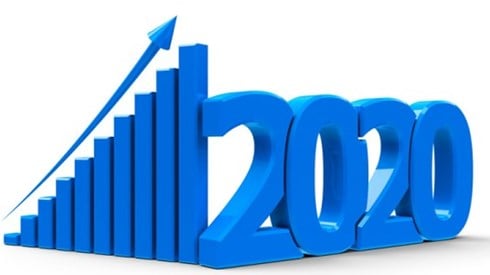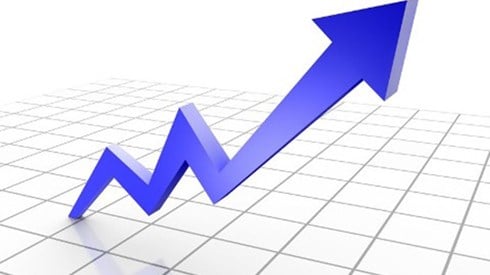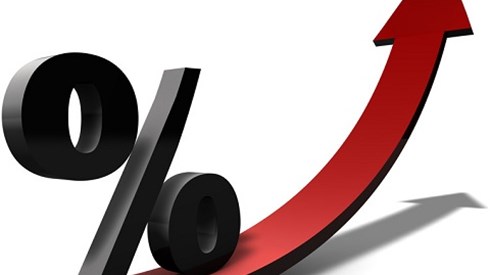US Property-Casualty Insurers' Underwriting Results Improved in 2020

June 25, 2021

Despite the impact of the COVID-19 pandemic, the US property and casualty insurance industry's 2020 underwriting results showed sharp improvement, according to A.M. Best.
The industry's net underwriting income increased 30 percent in 2020 to $4.3 billion, Best said in a special report titled P/C Snapshot: Statutory Underwriting Results for Full Year 2020. Still, the pandemic's economic effects did materially affect several individual lines of business, some of which had been struggling to improve results going into 2020, Best said.
The data Best examined were derived from companies' statutory statements received by May 12, 2021.
According to the report, in 2020, property and casualty insurers posted year-over-year growth of 2.3 percent in direct premiums written, despite an estimated $12.9 billion in returned premiums due to reduced exposures resulting from COVID-19.
Pandemic-related stay-at-home orders led to a decline in loss frequency for several of the industry's largest lines—private passenger auto, commercial auto, and workers compensation, Best said—and the lower incurred losses were the biggest factor behind the improvement in underwriting profitability.
"Some of the 2020 events had unintended but positive impacts on the industry's performance, but this could prove to be a one-year phenomenon," David Blades, associate director of industry research and analytics at Best, said in a statement. "Several lines of coverage started 2020 with the need to address significant, fundamental issues, to pave the way for sustainable improvement."
The overall improved rate environment offset higher catastrophe losses in 2020, Best said, and, with reduced losses in personal auto and workers compensation, the US property and casualty industry's 2020 combined ratio remained in line with 2019's level at 98.8 percent.
June 25, 2021




